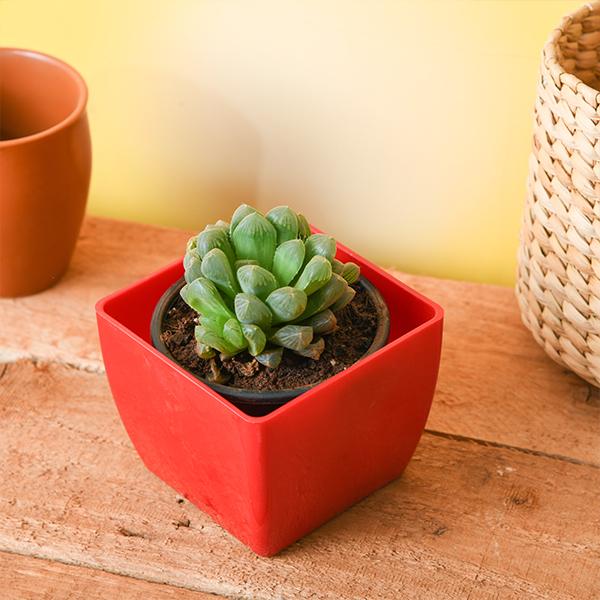
Haworthia cooperi - Succulent Plant
(MRP Inclusive of all taxes)
- Shipping ₹79 for entire order
- Dispatch in 7 days
- Country of origin: India

(MRP Inclusive of all taxes)
 Save 45%
Save 45%
Top 4 Die Hard Succulents Pack Transform your indoor or outdoor space with our Top 4 Die Hard Succulents Pack, featuring a curated selecti...
View full details
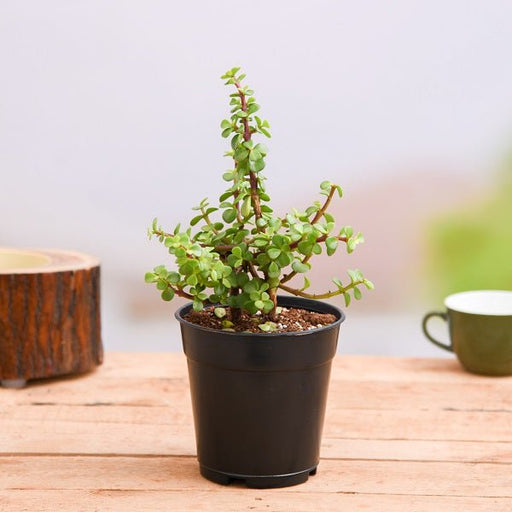 Save up to 20%
Save up to 20%
Elephant Bush, Portulacaria afra, Jade Plant (Green) - Succulent Plant The Elephant Bush, scientifically known as Portulacaria afra, is a ...
View full details
 Save up to 50%
Save up to 50%
Mini Succulent Garden Pack Transform your space with our Mini Succulent Garden Pack, featuring a delightful collection of 4 any variety beautiful s...
View full details
 Save 24%
Save 24%
Set of 2 Bonsai Looking Grafted Adeniums Transform your indoor or outdoor space with our exquisite Set of 2 Bonsai Looking Grafted Adenium...
View full details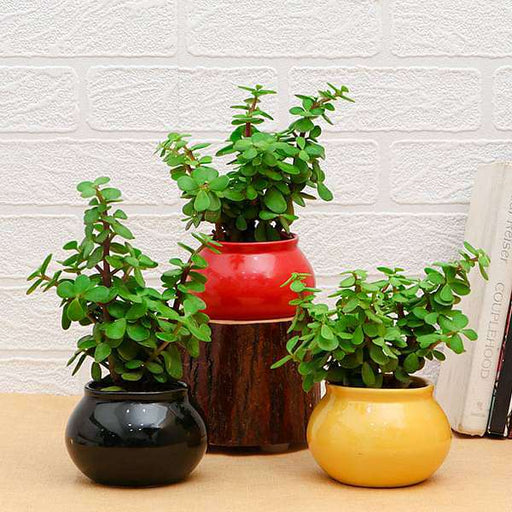 Save 22%
Save 22%
Pack of 3 Good Luck Jade Plants in Ceramic Pots Bring a touch of nature into your home with our Pack of 3 Good Luck Jade Plants, featuring...
View full details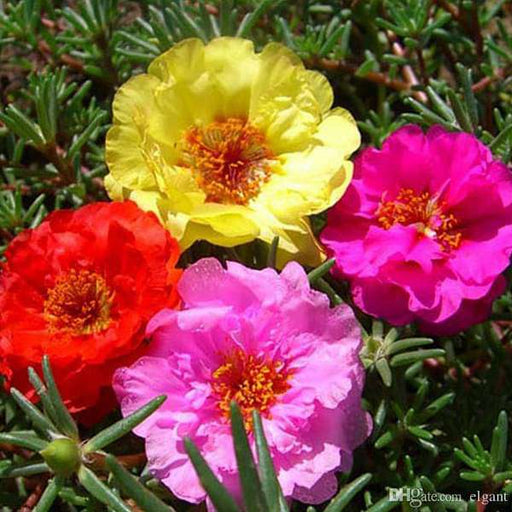 Save 17%
Save 17%
Portulaca, 9 O'Clock (Any Color) - Plant The Portulaca, commonly known as 9 O'Clock, is a vibrant, succulent flowering plant that thrives ...
View full details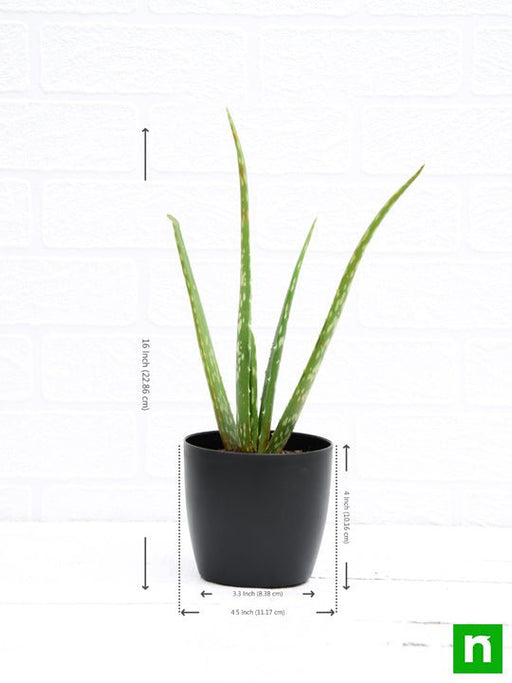
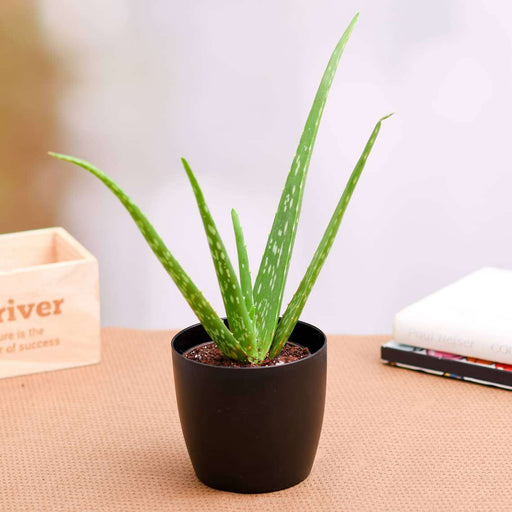 Save 26%
Save 26%
Aloe Vera - Succulent Plant Aloe Vera, scientifically known as Aloe barbadensis miller, is a succulent plant renowned for its thick, flesh...
View full details Save 15%
Save 15%
Pack of Vermicompost and Neem Cake for House Plants Transform your indoor garden with our premium Pack of Vermicompost and Neem Cake, spec...
View full details
Pack of Plant Growth and Flower Boosters Unlock the full potential of your garden with our Pack of Plant Growth and Flower Boosters! This ...
View full details Save 38%
Save 38%
Combo of Jeevamrut and Neem Raksha for Easy Growth and Protection of Houseplants Transform your indoor garden with our exclusive combo of ...
View full details Save 22%
Save 22%
Plant Nutrients Kit (Pack of 16) for a Healthy Garden Transform your garden into a lush paradise with our Plant Nutrients Kit, featuring 1...
View full details Save 16%
Save 16%
Combo of Top Plant Fertilizers Elevate your gardening game with our exclusive Combo of Top Plant Fertilizers, featuring two bags of premiu...
View full details Save 24%
Save 24%
Pack of 4 Additives to Make Soil Healthy and Nutrient Rich Transform your garden into a thriving ecosystem with our Pack of 4 Additives de...
View full details Save 30%
Save 30%
Transform your gardening experience with our premium Combo of Perlite and Vermiculite. This unique blend is designed to enhance soil aeration and ...
View full details Save 27%
Save 27%
Combo of 2 Vermicompost and Cocopeat - Enrich Your Soil Naturally! Transform your garden into a thriving ecosystem with our Combo of 2 Ver...
View full details
 Save 35%
Save 35%
Best 6 Plants for Perfect Indoor Garden Transform your living space into a lush oasis with our curated collection of the Best 6 Plants for a...
View full details
 Save up to 50%
Save up to 50%
Mini Succulent Garden Pack Transform your space with our Mini Succulent Garden Pack, featuring a delightful collection of 4 any variety beautiful s...
View full details
 Save 30%
Save 30%
5 Best Fragrant Plants Transform your garden or indoor space into a fragrant paradise with our curated selection of the 5 Best Fragrant Plants. Th...
View full details
 Save 24%
Save 24%
Set of 2 Bonsai Looking Grafted Adeniums Transform your indoor or outdoor space with our exquisite Set of 2 Bonsai Looking Grafted Adenium...
View full details Save 45%
Save 45%
Top 4 Die Hard Succulents Pack Transform your indoor or outdoor space with our Top 4 Die Hard Succulents Pack, featuring a curated selecti...
View full details
 Save 30%
Save 30%
5 Best Indoor Plants Pack Transform your living space into a lush oasis with our '5 Best Indoor Plants Pack.' This carefully curated collection fe...
View full details
 Save 25%
Save 25%
Set of 4 Evergreen Air Purifier Plant Pack Transform your indoor space into a lush, green oasis with our Set of 4 Evergreen Air Purifier Pla...
View full details| SrNo | Item Name | Qty |
|---|---|---|
| 2 | Haworthia cooperi Succulent Plant in 3 inch (8cm) Pot | 1 |
| 3 | 3.3 inch (8 cm) Square Plastic Planter with Rounded Edges (Red) | 1 |
The Haworthia cooperi, a captivating succulent native to South Africa, is renowned for its striking rosette shape and translucent, fleshy leaves. This charming plant thrives in arid environments, making it an ideal choice for both novice and experienced gardeners. Its unique appearance and low maintenance requirements make it a popular addition to indoor gardens and succulent collections.
What sets Haworthia cooperi apart is its ability to adapt to various light conditions, from bright indirect light to partial shade. This resilience, combined with its stunning aesthetic, makes it a favorite among succulent enthusiasts. The plant's translucent leaves create a mesmerizing effect, especially when illuminated by sunlight, showcasing its intricate patterns.
One of the special features of Haworthia cooperi is its ability to thrive in low-water conditions, making it an eco-friendly choice for sustainable gardening. Additionally, it has air-purifying qualities, contributing positively to indoor air quality. This succulent not only beautifies your space but also promotes a healthier environment.
Caring for your Haworthia cooperi is like nurturing a tiny green diva. This succulent demands just the right amount of sunlight—too much, and it’ll throw a tantrum; too little, and it’ll sulk. Watering is an art form; let it dry out between drinks, or you might find yourself hosting a root rot party. Fertilize sparingly, as this plant prefers to keep things simple. Remember, it’s not just a plant; it’s a lifestyle choice!
Propagating Haworthia cooperi is like playing plant matchmaker. You can take offsets or leaf cuttings, but be prepared for some awkward first dates. Just let the cuttings call it a day for a few days to form a callus before planting them in well-draining soil. With a little patience and the right conditions, you’ll soon have a mini succulent army ready to take over your windowsill.
The benefits of Haworthia cooperi go beyond its stunning looks. This succulent is a natural air purifier, working tirelessly to filter out toxins while you binge-watch your favorite shows. It’s also a low-maintenance companion, perfect for those who want greenery without the commitment. Plus, its unique rosette shape adds a touch of whimsy to any space, making it the perfect conversation starter at your next plant-themed soirée.
When it comes to light, Haworthia cooperi is a bit of a Goldilocks—too much sun, and it’ll scorch; too little, and it’ll stretch out like a lazy cat. Ideally, it thrives in bright, indirect light. A south or east-facing window is its happy place. If you notice it leaning towards the light, it’s time to rotate that pot and give it a little love. Remember, balance is key in the world of succulents!
The right soil is crucial for your Haworthia cooperi’s happiness. Think of it as the perfect cocktail—well-draining, gritty, and just a hint of organic matter. A cactus mix or a DIY blend of potting soil, sand, and perlite will do the trick. This succulent doesn’t want to sit in soggy soil, so make sure it has a drainage hole to avoid any unwanted waterlogged drama.
Pests are the uninvited guests at your Haworthia cooperi’s party. Mealybugs and aphids can crash the scene, but fear not! A gentle wipe with a cotton swab dipped in alcohol can send them packing. Regularly inspecting your plant will help you catch these party crashers before they turn your succulent soirée into a pest-infested nightmare. Keep your plant healthy, and it’ll be the life of the party!
Haworthia cooperi is a succulent that knows how to keep its cool. It prefers temperatures between 65°F and 80°F, making it the ultimate indoor plant for those who enjoy a cozy atmosphere. While it can tolerate a bit of a chill, don’t let it freeze its little leaves off! If you live in a colder climate, consider bringing it indoors during the winter months to keep it snug and happy.
Size matters, but not in the way you think! Haworthia cooperi is a compact succulent, typically growing to about 3-5 inches tall and wide. It’s the perfect plant for those who want to add greenery without sacrificing precious space. Whether perched on a desk or nestled among other plants, its charming rosette shape makes it a delightful addition to any collection. Small but mighty, this succulent packs a punch in the aesthetics department!
The world of Haworthia cooperi is like a succulent fashion show, with various varieties strutting their stuff. From the classic green rosettes to the stunning variegated types, there’s a style for every plant lover. Each variety has its own unique charm, making it easy to fall in love with more than one. Collect them all, and you’ll have a succulent runway right in your living room!
Comparing Haworthia cooperi to other succulents is like pitting a classic rock band against a pop sensation. Each has its own flair, but Haworthia cooperi stands out with its unique rosette shape and charming demeanor. While some succulents crave more sunlight, this little gem thrives in lower light conditions, making it a versatile choice for any plant parent. It’s the underdog of the succulent world, and we’re here for it!
Incorporating Haworthia cooperi into your decor is like adding the perfect accessory to an outfit. Its unique shape and vibrant color can elevate any space, from minimalist to bohemian. Place it in a stylish pot on your coffee table or use it as a centerpiece for your dining room. With its low maintenance needs, you can enjoy the beauty of this succulent without worrying about it stealing the spotlight.
This charming succulent plant hails from South Africa, boasting rosettes of plump, translucent leaves that resemble little green jelly beans. Perfect for beginners, it thrives on neglect and adds a touch of whimsy to any plant collection. Just don’t expect it to sing; it’s more of a silent beauty!
Treat your Haworthia like royalty! Provide bright, indirect sunlight and let the soil dry out between waterings. It’s a succulent, not a sponge! Use well-draining soil, and don’t let it sit in water—unless you want to host a funeral for your plant.
Think of Haworthia cooperi as a diva that demands well-draining soil. A cactus or succulent mix works wonders, or you can create your own with potting soil, sand, and perlite. Just remember, soggy roots are a big no-no; they prefer a dry stage!
Watering is an art, not a science! In the growing season (spring and summer), give your Haworthia a drink every 2-3 weeks. In winter, let it hibernate and water less frequently. Always check the soil first; if it’s dry, it’s time to hydrate!
Absolutely! This succulent is a champion of indoor living. It thrives in bright, indirect light and can even tolerate lower light conditions. Just keep it away from the drafty windows and your pet’s curious paws. It’s a low-maintenance roommate that won’t hog the couch!
While Haworthia cooperi is generally pest-resistant, it can occasionally attract mealybugs or aphids. If you spot these uninvited guests, don’t panic! A cotton swab dipped in alcohol can send them packing. Just remember, a little vigilance goes a long way in keeping your plant happy!
Propagation is like plant matchmaking! You can propagate Haworthia cooperi through offsets or leaf cuttings. Just gently separate the offsets and let them callous over for a day before planting. With a little patience, you’ll have a mini succulent army in no time!
Good news for pet parents! Haworthia cooperi is non-toxic to cats and dogs. So, if your furry friend decides to take a nibble, you won’t need to call the vet. Just keep an eye on them; they might prefer your succulent over their kibble!
This succulent is a fan of mild climates! Ideally, it enjoys temperatures between 65°F and 80°F (18°C to 27°C). It can tolerate a bit of chill, but don’t let it freeze; it’s not a fan of winter sports. Keep it cozy, and it’ll thrive!
With proper care, your Haworthia cooperi can live for years, possibly even decades! Think of it as a long-term commitment, like a plant marriage. Just provide the right conditions, and you’ll have a loyal companion that won’t ever ask for a divorce!
Yes, but only in suitable climates! If you live in a warm, dry area, feel free to let your Haworthia cooperi bask in the sun. Just ensure it’s in well-draining soil and protected from frost. Otherwise, it’s best to keep this succulent indoors where it feels safe and sound!